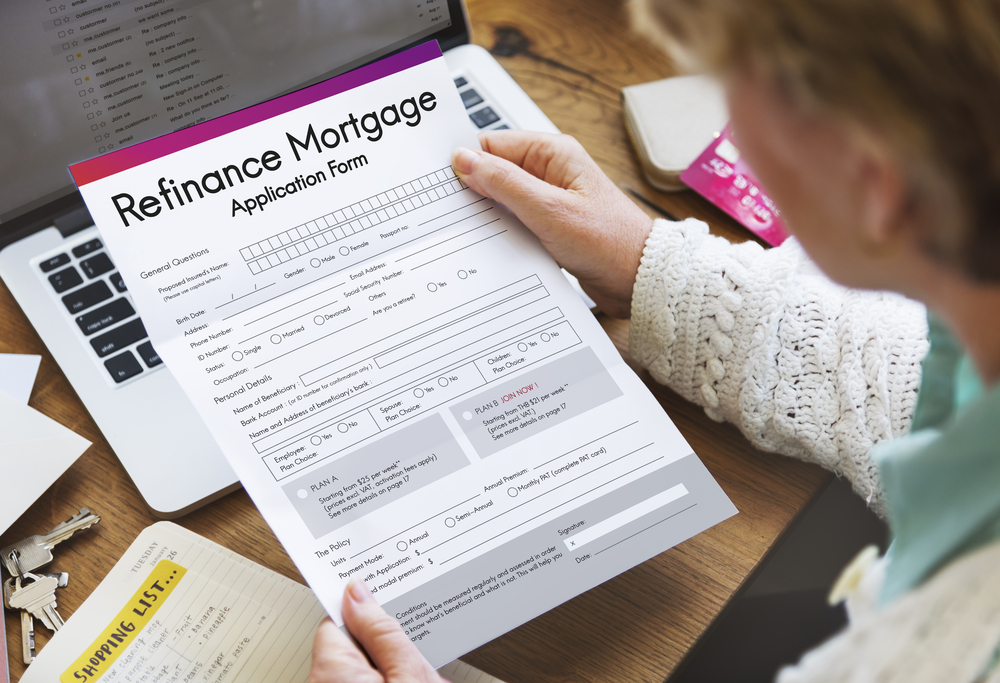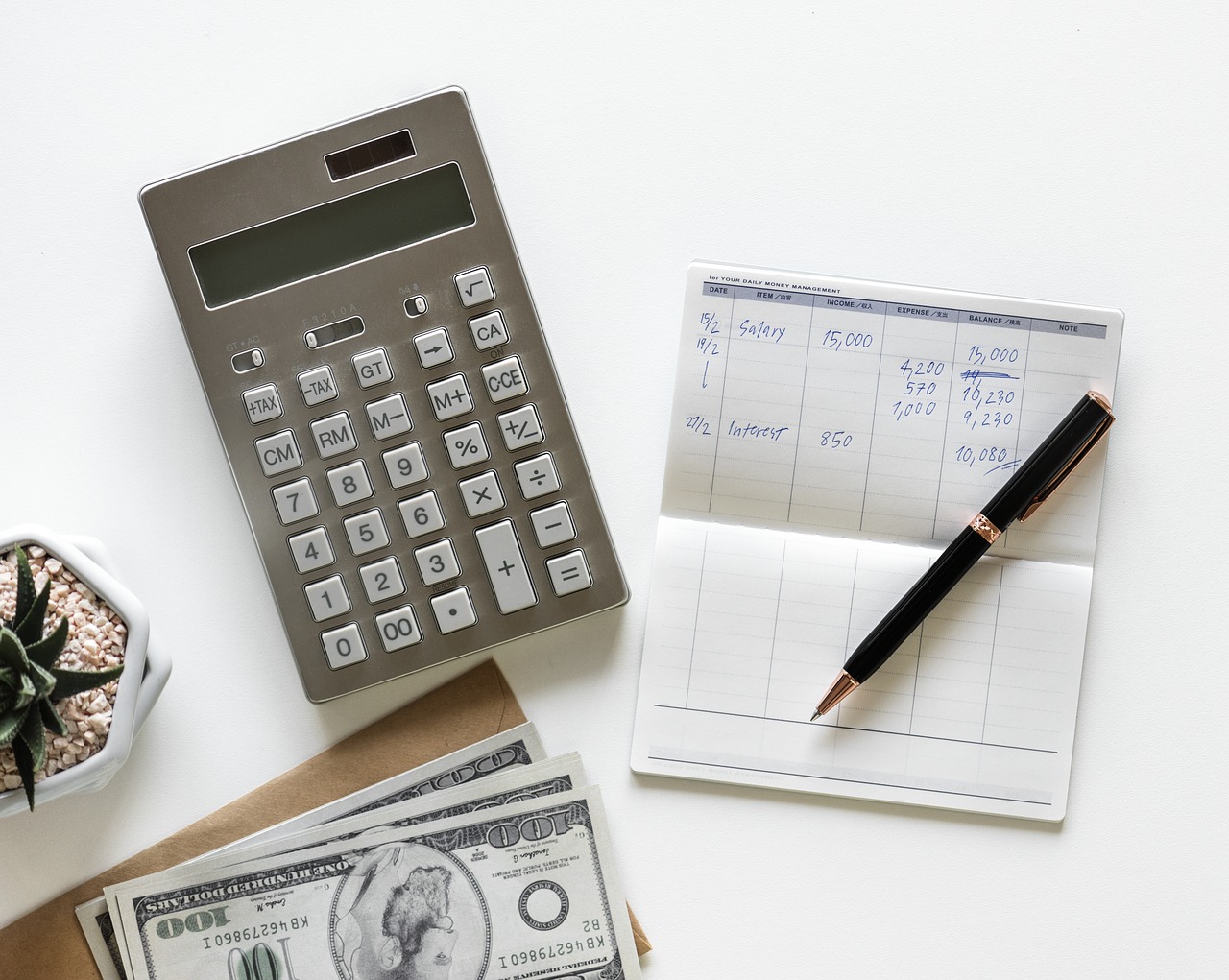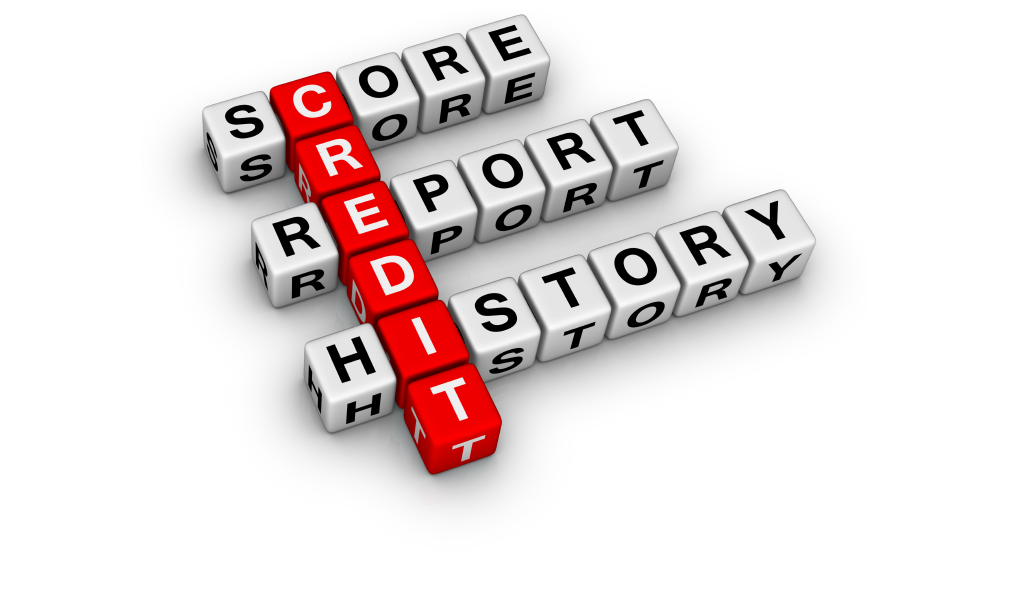Seven Ways to Achieve Debt Relief
Two out of every five households carry credit card debt from month to month, according to the 2020 Consumer Financial Literacy Survey by the National Foundation for Credit Counseling, or NFCC. Start journey through debt relief today.

Some of those consumers are managing a modest amount of debt fairly well — always paying above the minimum on every account and holding back on new credit spending until the balances are paid down.
For others, debt is an oppressive burden that has them ducking creditors’ phone calls and struggling to keep up with even the minimum payments each month.
If you’re overwhelmed by debt, you need to make some quick and perhaps drastic moves to have any hope of getting free. Follow this step-by-step guide on how to finally get out of debt.
1. Stop the bleeding
If you have so much cash flowing out to creditors that you can’t meet your basic needs with what’s left, step one toward recovery is to stop adding to that debt.
For some people, the quickest way to curb spending is to become a cash-only consumer, says Scott Stratton, president of Good Life Wealth Management in Dallas.
“If you give yourself $200 a week to spend on all your groceries and gas, then if you use that up in four days, you’ll just have to cope for a couple of days,” Stratton says.
If your credit score is in good shape, a balance transfer to a lower interest rate credit card might be worth considering, Stratton says. But if your credit history has you on shaky ground, you might want to look into a debt consolidation loan or negotiating a payoff plan with your credit card issuers.
2. Imagine your debt-free life
If you’re in serious debt, it may be hard to see a solution and even harder to move past your anxiety to implement it.
Bruce McClary, NFCC’s vice president of public relations and external affairs, suggests trying a little visualization therapy. Picture yourself debt-free:
- How would you feel?
- How would you live?
- What longtime goals would you be able to accomplish?
You may be wondering whether you should spend time daydreaming when you might be getting a collection agency letter any day now, but McClary insists this exercise isn’t trivial.
“A lot of people brush that off and say, ‘That’s fluff,’ but that’s what’s going to keep you motivated through what may be a long and difficult process,” McClary says.
3. Conduct a full-budget checkup
You’ve put the credit cards away, done whatever you can to lower the cost of your existing debt and found a long-term goal to motivate you along your debt consolidation journey.
Now it’s time to take a thorough review of your budget. Track every dollar coming in and going out so you can get a realistic idea of how much you can pay against the debt.
McClary advises following the 50-20-30 rule of budgeting: Allocate up to 50 percent of your budget to fixed expenses like mortgage, rent and car payments; 20 percent to savings; and 30 percent to variable expenses, especially discretionary spending for things like hobbies, recreation and dining out. That 30 percent zone is the first area to target for cutting back, McClary says.
Make sure you’re earning a decent return on your savings. Compare savings accounts on Bankrate.

4. Climb down the debt ladder
Let’s say you’ve trimmed your budget enough to pay significantly more than the monthly minimum on your credit card bills. You can either apply the extra payments evenly across all your accounts or choose a payback strategy that focuses on paying off one or two accounts first before moving on to the others.
To get out of debt using the ladder method, start by attacking the balance on the account that charges the highest interest rate, McClary says. While you’re ramping up payments on that account, you make minimum payments on the others. When your highest-interest balance is gone, you move down a rung of the ladder and apply all your extra payments to the account with the next highest rate. You repeat the process until all your debt is eliminated.
Use this debt payoff calculator to calculate your debt pay-off plan and see how to accelerate repayment.
5. Build a repayment snowball
The other common strategy for paying off debt is called the snowball. In this method, instead of using interest rates to determine which account to pay off first, you focus on the size of balances. You start by putting extra money on the account that has the lowest balance and, once it’s paid off, shift the funds to the next one up.
Targeting your lowest balance first means you’re likely to get to a zero balance sooner than you would using the ladder method.
“For people that need to see instant results to keep them motivated, that may be the best process for them because it’s the quickest way to get them to a successful conclusion,” McClary says.

6. Ask your creditors for help
Many people don’t realize that creditors are usually willing to work with you, especially if you are dealing with a financial hardship. Explaining that you are unemployed, earning lower wages or facing the cost of a medical emergency may result in an offer to waive your interest rate temporarily.
McClary says the best time to go to creditors for help is before the situation is out of control. Don’t wait until an account is about to be closed because you’ve had several months of late or missed payments. Tell the creditor you’d like to pay down your balance faster and want to know what services are available to help you manage your debt better.
“Those are conversations that, having been on the creditor side of the call, I can tell you don’t take place enough,” McClary says.
7. Consider credit counseling
If you can’t seem to come up with a viable debt elimination plan, turning to a nonprofit credit counseling agency may be the answer. These organizations provide services either free or at low cost to help clients get out of debt.
A professional credit counselor can help you review your debt situation and identify repayment options and money management techniques that you may not have thought of on your own, McClary says.
This article was originally posted on Bankrate.








